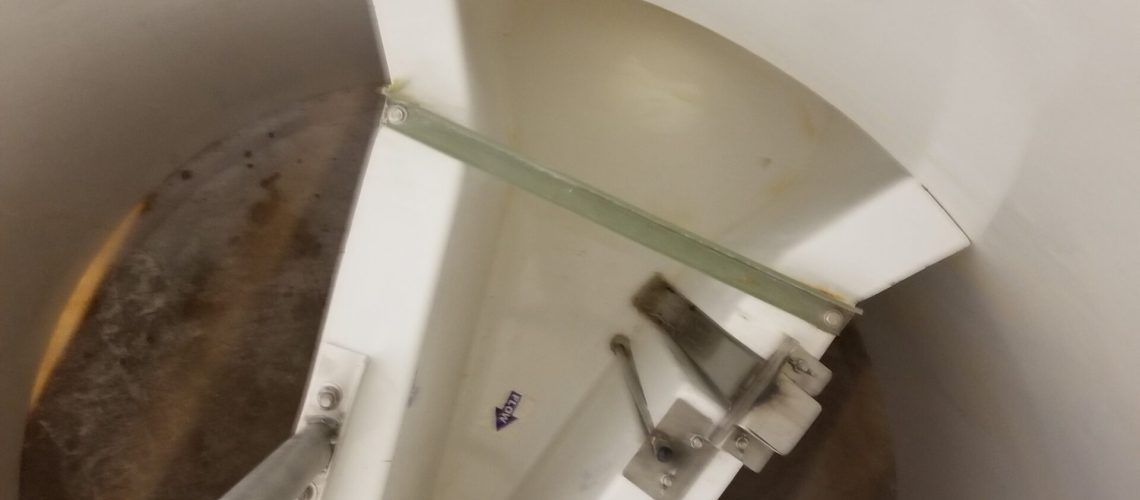Parshall flumes are among the most well-researched types of flumes in the world, with more than a century of work going into their functionality. You’ll find numerous solutions for unfavorable flow conditions. One of the most common problems is the velocity being too high on approach. Discover the secrets for correcting for high velocities in Parshall flumes.
Use a Smaller Throat Width
If you’re going to be dealing with a flow that has a high velocity, one of the best and easiest solutions from the start is to utilize a smaller throat width. This tends to adjust the velocity in a way that allows the flow to reach criticality at the appropriate time for accurate measurements. You just have to make sure that the upstream channel banks don’t get overtopped because the overall water level will increase.
Nest a Smaller Flume Within
Using a smaller throat width is only possible if you either replace your existing flume or get a new one entirely. If you already have a system set up, you can still use a smaller throat width, but you’ll have to use a nested flume instead. These are smaller flumes that fit within what’s usually a packaged metering manhole to adjust the velocity to a more favorable rate. Typically, nested flumes are about 1 to 3 inches, with 6-inch and 9-inch sizes being a bit questionable if they’re nested.
Utilize a Manhole
If you need to correct for high velocity flows in inline applications, a manhole is going to be your best bet. You’ll find two primary options when it comes to manholes, as you can use drop manholes or energy absorbing manholes. A drop manhole is quite simple. It’s simply a manhole that’s placed upstream of the flume in an effort to change something about the flow conditions to alter the velocity. This change can be with the line size, the elevation or the slope. Just keep in mind that these manholes will need to be placed significantly upstream to allow time for the flow to become tranquil enough for the flume.
Energy absorbing manholes work a bit differently. These manholes tend to be inline and just upstream of the flume itself. In fact, many flumes are within their own packaged metering manhole. An energy absorbing manhole uses a reinforced energy-absorbing plate to condition the velocity of the flow. The plate itself is larger than the incoming line, forcing the flow to work its way around. With radius wing walls in place around and behind the plate, the flow will be directed uniformly to the flume at a velocity that’s much more manageable.
Flow Conditioning With Tracom
Now that you know about correcting for high velocity flows in Parshall flumes, it’s time to optimize your flow conditions. That’s where Tracom can help. Our expert team can examine your unique flow channel conditions and come up with customized solutions like energy absorbing manholes. Contact our team today to get started with your Parshall flume!



